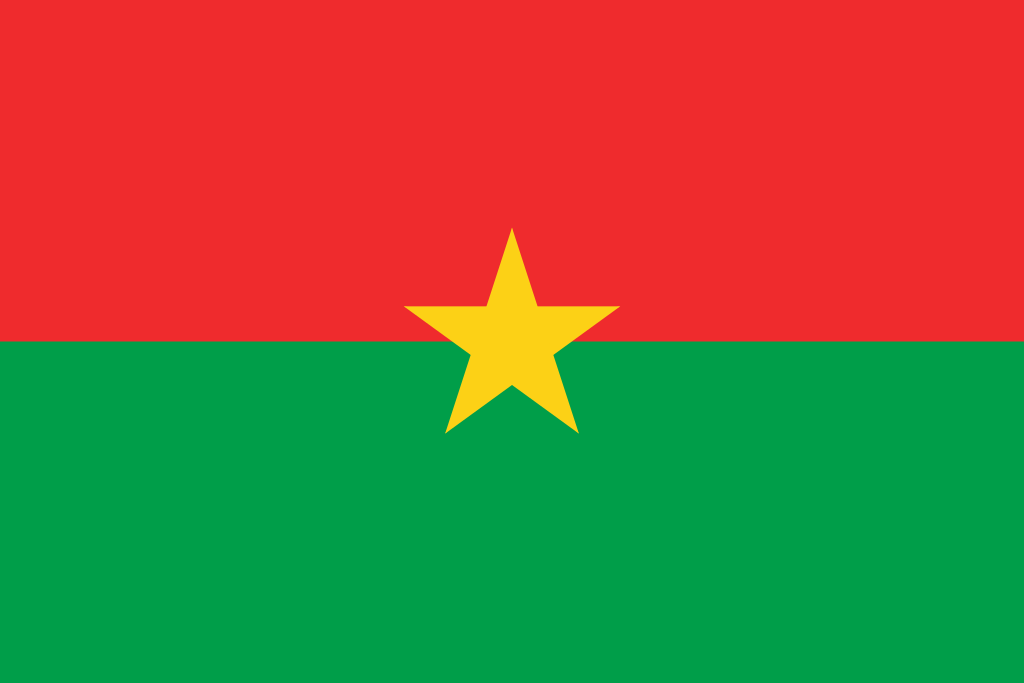
Economy
Not so long ago, after a few years of reforms, one of the poorest countries in the world was able to become self-sufficient.
Instead of going hungry, Burkina Faso’s agriculture even generated a surplus and was able to export parts of its harvest to the region. During the short regency under Thomas Sankara, gender equality, the end of forced marriage and the promotion of the regional economy were on the political agenda.
Although Thomas Sankara was able to prepare the development cooperation with the PATECORE project (continued by Terra Verde since 2006), the head of state, who was murdered in 1987, did not live to see the start.
Three years after Sankara came to power by a coup he was brutally murdered and his former companion Blaise Compaoré became president – for 27 years. In 2014, the people resisted their desire for another term of office with largely peaceful mass protests and initiated the first democratic elections in the former Upper Volta. From the elections, which were judged to be free and fair, their president Roch Marc Kaboré emerged and heralded a new hopeful era.
Since 1980 the West African landlocked state has been called Burkina Faso, which means “country of upright people”. Many of the hearty Burkinabe still worship Sankara’s reformatory goals today, for there is nothing the country needs more urgently than an end to the poverty trap and the stabilization of the Sahel zone against Islamist terror.
Burkina Faso is young, poor and, as a landlocked country, dependent on peace. The 20 million people will double by 2050, are on average almost 25 years old (World Bank) and 70% are engaged in self-sufficient agriculture. Periods of drought particularly affect the parts of the country located in the Sahel zone
Almost half of the population lives below the absolute poverty threshold. The Human Development Index of 0.423 (ranked 183 out of 188 countries) shows the country to be one of the poorest in the world, with rural areas being particularly hard hit by poverty. Rural households are 1.5 times more affected by food insecurity than urban households.
The current economic growth of over 4% is mainly due to the booming gold and cotton cultivation. However, because the farming system practised accelerates desertification, the environmental costs are very likely to far exceed the social benefits – particularly for future generations. Apart from gold and cotton there are hardly any export products worth mentioning.
The climate is tropical and alternating humid with a rainy and dry season. During the dry season, which lasts from November to April, the country is struck by the Harmattan, a dry, dusty and sandy wind that dries up the land.
The duration of the rainy season and the frequency and amount of precipitation decreases from south to north: with annual precipitation of about 600 mm in the north, 600-900 mm in the central regions and more than 900 mm in the southern regions (UNDP 2019). The precipitation variability is particularly high in the northeast. This makes agriculture more difficult and can lead to food shortages even without droughts.
Most of the country consists of a dry savannah with sparse tree cover, which is increasingly being cleared for food and cotton cultivation and converted into arable land. In the southwest the vegetation becomes much denser in the transition to the wet savannahs. This is why this region is an immigration area; especially for environmental refugees from the Central Plateau. Agriculture is characterised by progressive soil degradation and a high degree of dependence on climate change. Overgrazing and population pressure are further complicating matters.
The population has grown rapidly with an annual growth rate of 2.6%. The proportion of young people in the total population is very high (due to low life expectancy and high birth rates). The majority of the population is extremely poor: the annual per capita income is USD 230 (and falling). Only a quarter of the population can read and write. Diseases like malaria, AIDS and tuberculosis claim many victims. Droughts, desertification and rural exodus determine the survival of the rural population in particular.
Without support the country has very little chance of development. Burkina Faso is a stagnating LIC (Low Income Country) and will remain in the poverty trap – high population growth and destruction of natural resources – in the long term.
Thanks to mass media, many young people can compare their situation with the way of life in the rich world. Particularly in cities, a growing group of discontented people is emerging who can quickly become susceptible to simple explanations, images of the enemy, hatred and violence. Young (male) people without any prospects are the breeding ground for violent conflicts, which can escalate into civil war (see Liberia, Sierra Leone, Ivory Coast)
The state budget of Burkina Faso is financed to a large extent by development funds. Besides the bilateral donors (including France, the Netherlands, Germany, Denmark and Switzerland), the European Union and the World Bank are the largest single donors in development cooperation.
A great deal has been achieved with public development cooperation, but the future lies in the promotion of self-responsibility, because the many small farmers are capable people and willing to invest a lot of work in their own future – just like in the days of their idol President Sankara.